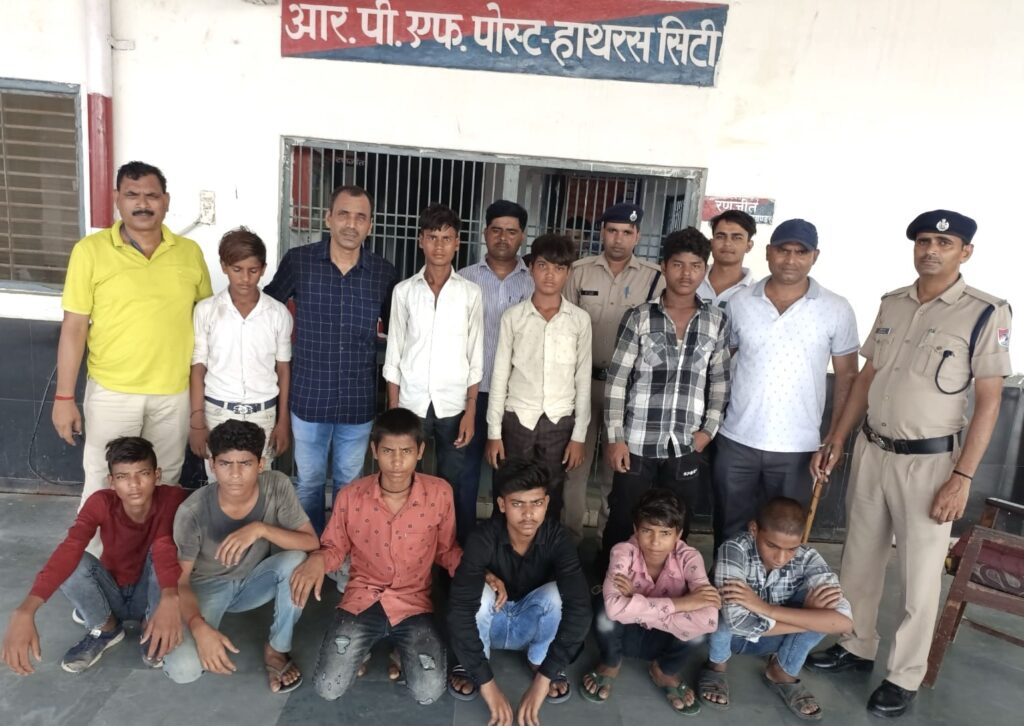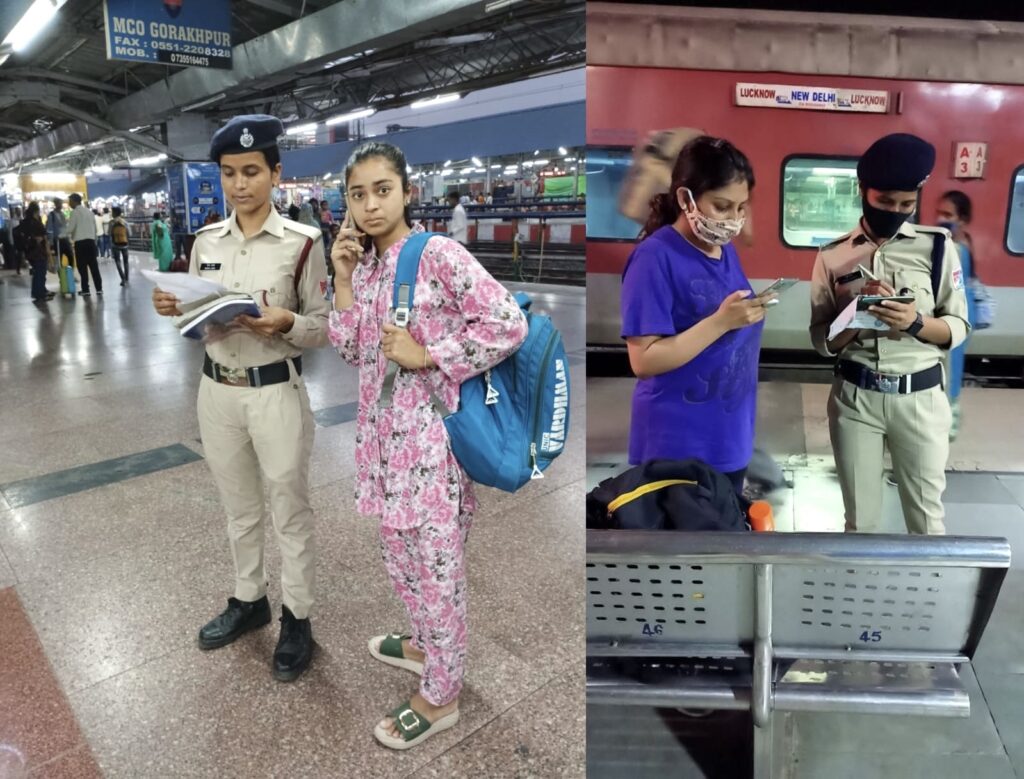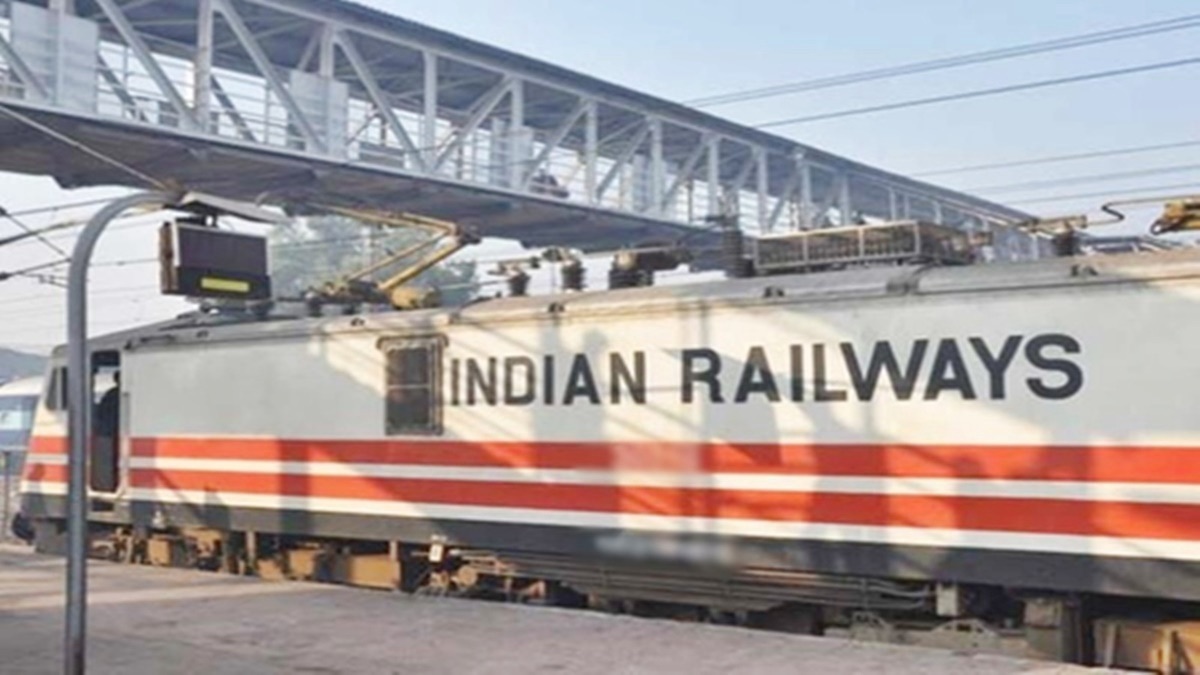Indian Railway Day: Celebrating the Lifeline of the Nation
Indian Railway Day-Chronicles of the Lifeline of India
-Ajit Kumar Barnwal, DIG/CSC/RPF/NER
Every year on April 16, India commemorates Indian Railway Day—a celebration of one of the world’s largest and most historic railway networks. This day marks the anniversary of the first passenger train journey in India, which took place on April 16, 1853, between Mumbai (then Bombay) and Thane. The train operated by the Great Indian Peninsula Railway, traversed 34 kilometers between Bombay (Mumbai) and Thane, marking the dawn of a transportation revolution. Over the decades, Indian Railways grew into a massive enterprise that became the lifeline of the nation, carrying not just passengers, but hopes, dreams, and economic progress.
Celebrating a Legacy: Honoring the Wheels of Progress
Historical Origins
On April 16, 1853, the first passenger train was hauled by three steam locomotives—Sultan, Sindh, and Sahib—and carried about 400 passengers. This seemingly modest journey sparked a transformation that would go on to connect millions across a vast and diverse subcontinent. This historic event, organized by the Great Indian Peninsula Railway (GIPR), was more than just a transportation breakthrough—it was the starting point of India’s journey towards modernization and industrial development under colonial rule. This event catalyzed India’s economic integration and laid the foundation for a network that would become central to national development.Over time, the railways expanded rapidly, helping connect the vast stretches of the subcontinent and fueling social, economic, and political change.
Evolution of Indian Railways
From its colonial inception to post-independence expansion, Indian Railways has undergone transformative growth:
Early Expansion (1850s–1900s)
- Railways were developed by private British companies with government guarantees. Purpose was transport raw materials (cotton, coal, jute) to ports for export. By 1880, about 14,500 km of railway lines had been laid. The Key companies were East Indian Railway, Madras Railway, Bombay, Baroda and Central India Railway (BB&CI) and others.
Middle Era (1853–1947)
- Different private companies were used different rail gauges operated by (broad, metre, and narrow), causing compatibility issues. By early 20th century, British administration started unifying and nationalizing various private rail lines to overcome the issues of different Railway. In response to recommendations by the Sir Thomas Robertson Committee, the Railway Board, the apex body of the Indian Railways was established in 1905. The first electric train in India ran on February 3, 1925, between Bombay Victoria Terminus (now Chhatrapati Shivaji Maharaj Terminus) and Kurla Harbour. By independence, the network spanned 55,000 km but faced fragmentation due to private ownership.
Indian Railways in the Freedom Struggle
- Trains were used by freedom fighters to travel across the country, mobilize masses, and spread awareness. Railways became a tool for both the British Raj and the freedom movement. The Kakori Train Robbery of 1925, where revolutionaries like Ram Prasad Bismil looted government funds being transported by train, highlighted the strategic importance of railways. Railway workers often joined the broader freedom movement, organizing strikes to protest British policies and demanding better working conditions. During the Quit India Movement of 1942, railway tracks were targeted, services were disrupted, and trains were sabotaged to cripple the British administration. Mahatma Gandhi used the railways extensively to travel across the country, organizing mass rallies and communicating with the people.
Post-Independence Era (1947-2000)
- Post-1947, India inherited a fragmented, colonial-era railway system. Massive integration of rail networks from princely states and former British lines. In 1951, Indian Railways was nationalized completely. The government consolidated 42 railways into six zones, fostering unified management. Railways became central to national development in five-year plans. New lines laid in remote and rural areas to connect the country. Introduction of diesel and electric locomotives began replacing steam engines. In 1980 Railway introduced computerized reservations. First metro in India was also launched in Kolkata in 1986. During last decade of 20th century (1990s–2000s) modernization of coaches started and superfast/Rajdhani trains were introduced.
Modern Indian Railways (2000s–Present)
- In recent decades, Indian Railways has witnessed a wave of modernization. Online booking through IRCTC, real-time train tracking, and digital payments have made travel more user-friendly. Initiatives under the Swachh Bharat Abhiyan have led to the adoption of bio-toilets and improved sanitation. New solar-powered coaches are being equipped with sensors for predictive maintenance, passenger feedback systems, and better security under green initiatives. Indian Railway launches Vande Bharat Express, India’s first semi-high-speed, self-propelled train in 2019, designed and manufactured domestically under Make in India. #IndianRailways electrified 3,210 Rkm in 2024, extending the electrified BG network to 97% with renewable energy capacity reaching 2,014 MW. Focus on net-zero carbon emissions by 2030. The Mumbai-Ahmedabad Bullet Train project is underway, with Japanese collaboration.
RPF: Sentinels of the Rails
Historical Background
The RPF’s origins trace to the Railway Police Force (1872), established by the British to protect assets. Post-independence, the Railway Protection Force Act, 1957 formalized its role as a centralized security agency under the Ministry of Railways. The RPF was established with the primary mandate to ensure the security of railway passengers, passenger area, and railway property. In 2003, the Government amended the RPF Act and Railways Act, and entrusted the responsibility of the security of passengers and passenger areas along with power to inquire and prosecute under the Railways Act. From time to time government entrusted RPF with the power to act as major security agencies in Railways to curb Drugs, Illegal Smuggling, Contraband goods etc.
Achievements of RPF
With the esteemed 65,000 members only, to protect over 68,000 Km of Railway Route and 7,000 stations, the Railway Protection Force is executing his role with utmost professionalism.The protection of railway property is a core mandate of RPF. In 2024, RPF arrested 5,787 individuals involved in thefts and recovered stolen goods worth over ₹8 crores under Operation Rail Suraksha. Apart from securing Railways and Passengers, #RPF plays a pivotal roll in combatting crime. During the year 2024 RPF rescued 2,614 individuals from traffickers and apprehended 753 offenders under operation Action against Human Trafficking (#AAHT). For the wellbeing of Nation a nationwide intense drive has been launched by RPF against Narcotic Drugs and Psychotropic Substances (#NDPS). In 2024, contraband valued more than ₹227 crores were confiscated with the arrest of 1714 offenders delivering a severe blow to organized drug trafficking networks.

Service Beyond Self: Stories of Impact
Crores of people and families are traveling through the Indian Railways. RPF took an initiative under Operation #NanheFaristey to help lost Children or separated from their families. In 2024, 14,756 #children were rescued, highlighting the Force’s determination to safeguard the most vulnerable members of society. Under operation #MahilaSuraksha over 1 lakh individuals were penalized for unauthorized travel in women’s coaches in 2024, and RPF’s ‘Meri Saheli’ women teams ensured safety in more than 489 trains daily. During the time of Mishap or accident, the Force saved an incredible 8,455 lives between 2022 and 2024, embodying the spirit of courage and humanity. Not only the persons but their belongings are also safeguarded by RPF during the travel through train. Items valued at ₹71 crores returned to their rightful owners in 2024 alone under operation Amanat.

Conclusion:
The history of Indian Railways is a journey through India’s colonial past, freedom struggle, and development era into a future of innovation and high-speed connectivity. It is a story of engineering, endurance, and unity—connecting people, economies, and cultures across the nation. As a member of Railway Protection Force I can say that Indian Railways is more than steel and steam—it is the heartbeat of a nation and the RPF is the silent guardians who ensure that this heartbeat never falters. As Indian Railways marches toward its vision of becoming the world’s largest green railway, growth engine of nation, nurture unity and diversity of India, the RPF ensures safe movement of trains/passengers. Together, they (Railway and RPF) embody the resilience and ambition of a nation striving to balance progress with protection, innovation with inclusivity, and speed with safety.
On this Indian Railway Day, as we celebrate the past and look to the future, let us remember: “Every train that runs, every passenger that reaches home, does so because somewhere, someone stood guard in the shadows.” In their synergy lies the promise of a future where the railways continue to be not just India’s lifeline, but its pride.


